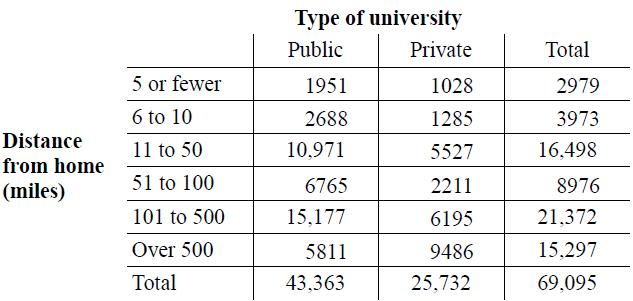When a fair coin is flipped, we all know that the probability the coin lands on heads
Question:
When a fair coin is flipped, we all know that the probability the coin lands on heads is 0.50. However, what if a coin is spun? According to the article “Euro Coin Accused of Unfair Flipping” in the New Scientist, two Polish math professors and their students spun a Belgian euro coin 250 times. It landed heads 140 times. One of the professors concluded that the coin was minted asymmetrically. A representative from the Belgian mint indicated the result was just chance. Assume that the conditions for inference are met.
a. Carry out a chi-square test for goodness of fit to test if heads and tails are equally likely when a euro coin is spun.
b. In Chapter 9, Exercise 50, you analyzed these data with a onesample z test for a proportion. The hypotheses were H0: p = 0.5 and Ha: p ≠ 0.5 where p = the true proportion of heads. Calculate the z statistic and P-value for this test. How do these values compare to the values from part (a)?
Exercise 50.

Step by Step Answer:






